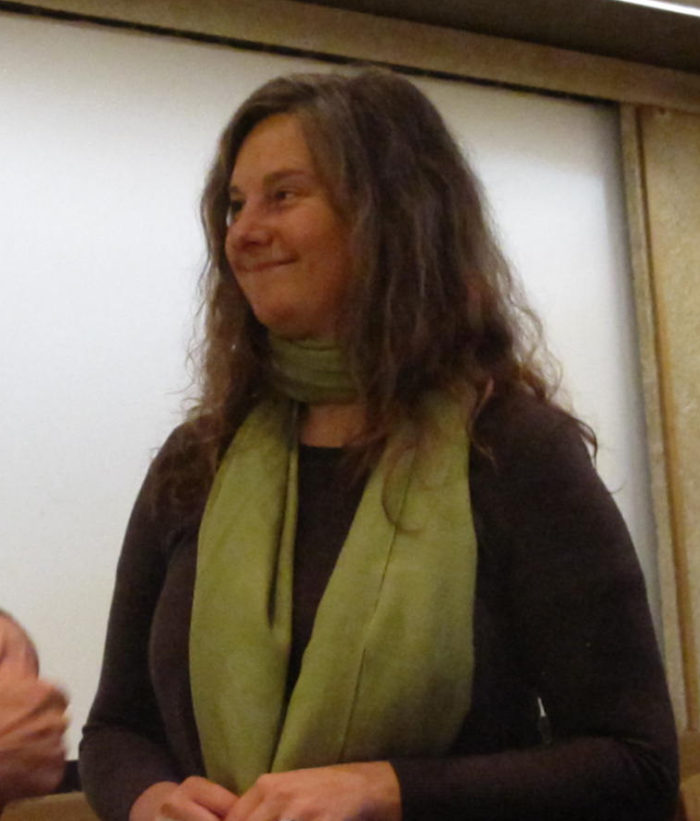
Image Credit: Martin Holladay
Katrin Klingenberg, the founder of the Passive House Institute U.S. in Urbana, Illinois, has announced the launch of a new non-profit advocacy group to increase awareness of the Passivhaus standard. Called the Passive House Alliance, the group will engage in marketing, public relations, outreach, and political lobbying. Among the goals of the Alliance: to incorporate the Passivhaus standard into residential energy codes in the U.S. by 2020 or 2030.
The launch of the Alliance will allow the Passive House Institute U.S. to focus on its core goals: training architects and builders in the use of the Passive House Planning Package (PHPP) software; providing quality control for Passivhaus construction projects; certifying completed Passivhaus buildings; and organizing conferences.
“I think that this is big news,” Klingenberg told attendees at the October 23 Passivhaus Symposium at the Boston Architectural College. “As we form this Alliance, we are working closely with the Passivhaus Institut in Germany and advocacy groups in Germany.”
For more information, visit the Alliance’s new Web site, www.phalliance.com.
Weekly Newsletter
Get building science and energy efficiency advice, plus special offers, in your inbox.





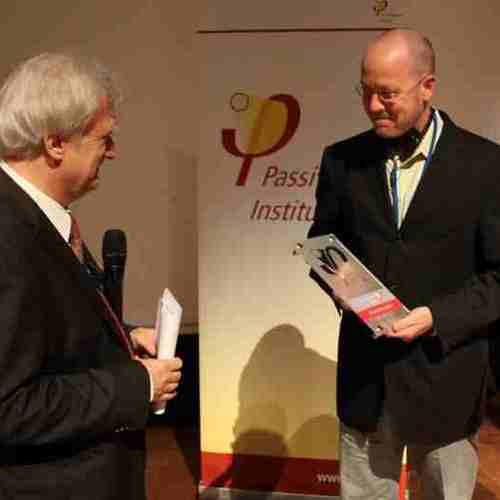
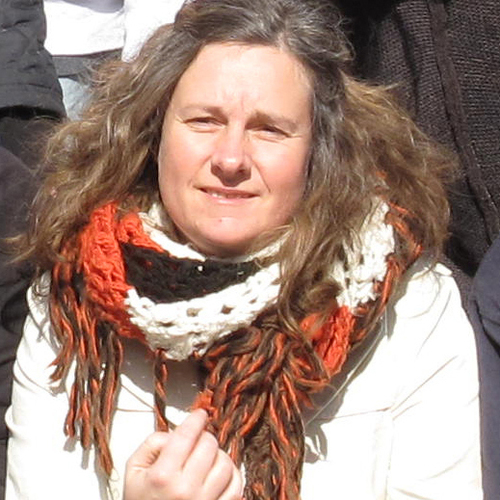
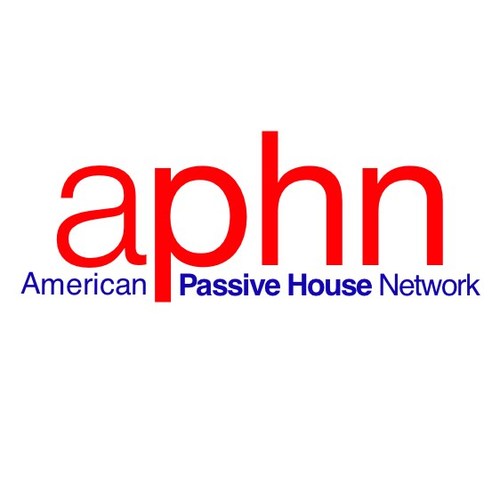
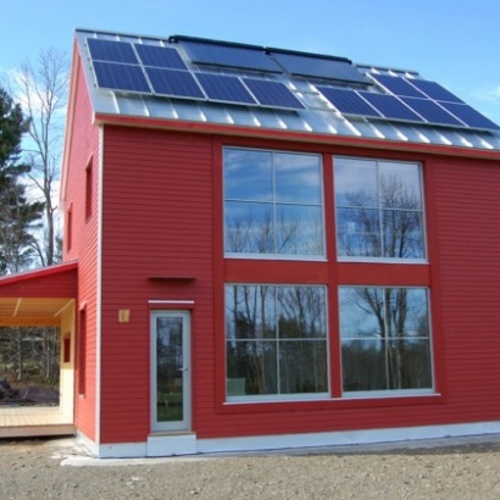






8 Comments
PH alliance
I'd love to help gather people around for it!
VeroEnergy
I applaud this...
... and at the same time wonder if I should start buying stock in foam insulation manufacturers. Can every new house in this country realistically use the amount of foam I've seen described in some of the projects featured on this site?
Passivehouse does not mean mountains of foam
I don't believe Katrin is asking us all to haul in loads of foam to make a project work. Some wall details call for a cavity on the exterior made from I-joists for cellulose. We can and need to get creative to make this happen.
Passive House uses foam sparsely
Dear David,
Passive House advocates tend to prefer materials that are ecologically sound, renewable and low in embodied energy. In PHs limited foam applications certainly have its place. It is often used in contact with the ground where there are limited other alternatives.
I am aware
of the various ways to achieve or approach the PH standard, and to super-insulate, but my concern is that a lot of builders will simply use foam everywhere they can. It's easier than changing your framing plan and building thick or double walls, which most carpenters are not familiar with. I'm also aware that we are currently installing mountains of furnace-made fiberglass in our houses, to minimal effect, so certainly all is not well. All that aside, the last few PH projects I have looked at here on GBA have had 12" of foam under the slab, etc. Many other projects are being executed with foam on the walls and roof. At some point (soon!) mass-market builders have to start analyzing the embodied energy, global warming potential, AND the operating costs of their buildings. If energy code is going to be tightened (and it should be) then we need easy methods of making this analysis.
PHA discussion
David,
I fully agree with you. And those calculations are in progress and they point in the direction that PH appears indeed as a cost effective, resource effective and a relatively simple way to significantly help solve our current energy and environmental concerns.
But I did want to add to Martin's reporting on the launch of the PHA as well. I have a few corrections/additions.
I included the information of the Passive House Alliance to be launched during the upcoming 5th PH conference in Portland Oregon in form of a slide in a presentation at the Boston Architectural College that Dr. Feist and myself were giving. The official launch will be announced then.
The PHA is an exciting new North American community of advanced builders and designers, working together to develop PH industry. PH provides energy, economy and climate solutions; it's a voluntary standard that assures comfortable, safe and durable buildings; can do so in attractive and affordable fashion across the wide spectrum of North American climates; and it's the smart investment. The emerging group of professionals will advocate. It will not lobby.
It's not all foam
Back to Davids good point about increases in foam use: Yes, the industry will go "wild with foam" unless we step up alternatives and education. There are options: The obvious ones are infill walls that have been discussed. What hasn't been discussed is Rock Wool and Soft Wood Fibre Board.
Rock Wool, according to a study by Passive House Northwest board member James Jenkins, has dramatically less embodied energy that EPS or PUR Products. It's essentially crushed Basalt and Steel Slag (a steel smeltering waste product) heated and spun into wool. It's stable, inert to moisture, vapor open and available in high and low density. We are activity developing new wall constructs in the Pacific Northwest using this forgotten material. I've taken two research trips to Germany, Austria and Switzerland this year and have seen it used extensively in R 40+ walls.
What we need in the US is soft Wood Fibre Board. It's a fantastic material and our European counter parts depend on it greatly. It's essentially wood fibre, wax and a fire repellant mixed into a board with a consistency of wood fibre acoustical ceiling tile, or Homosote. It's typically used as an exterior insulation layer in the same application as GBA shows above grade foam use.It's has a near EPS insulation value, is vapor open and is inexpensive (in Europe). It's an ideal material for the new wall and roof designs from the Vapor Diffusive and Thermally Broken standpoint with the advantages of wood fibre vs EPS, XPS,PUR environmental issues. Currently there is no US plant producing this product and it does not make sense to import such a high cube/low value product. However, the day will come that there is a high performance/low energy building market that will support significant investment in plants to produce soft wood fibre boards.
We don't have to work in a vacuum. There are other cultures that have faced these same issues and found ways through them. Our success in developing high performance designs will be by communication and education through vehicles like the GBA and others.
Albert
That wood fibre board sounds great. It would be ideal for a foamless weatherization project on my house. Can you get me some??
Log in or create an account to post a comment.
Sign up Log in